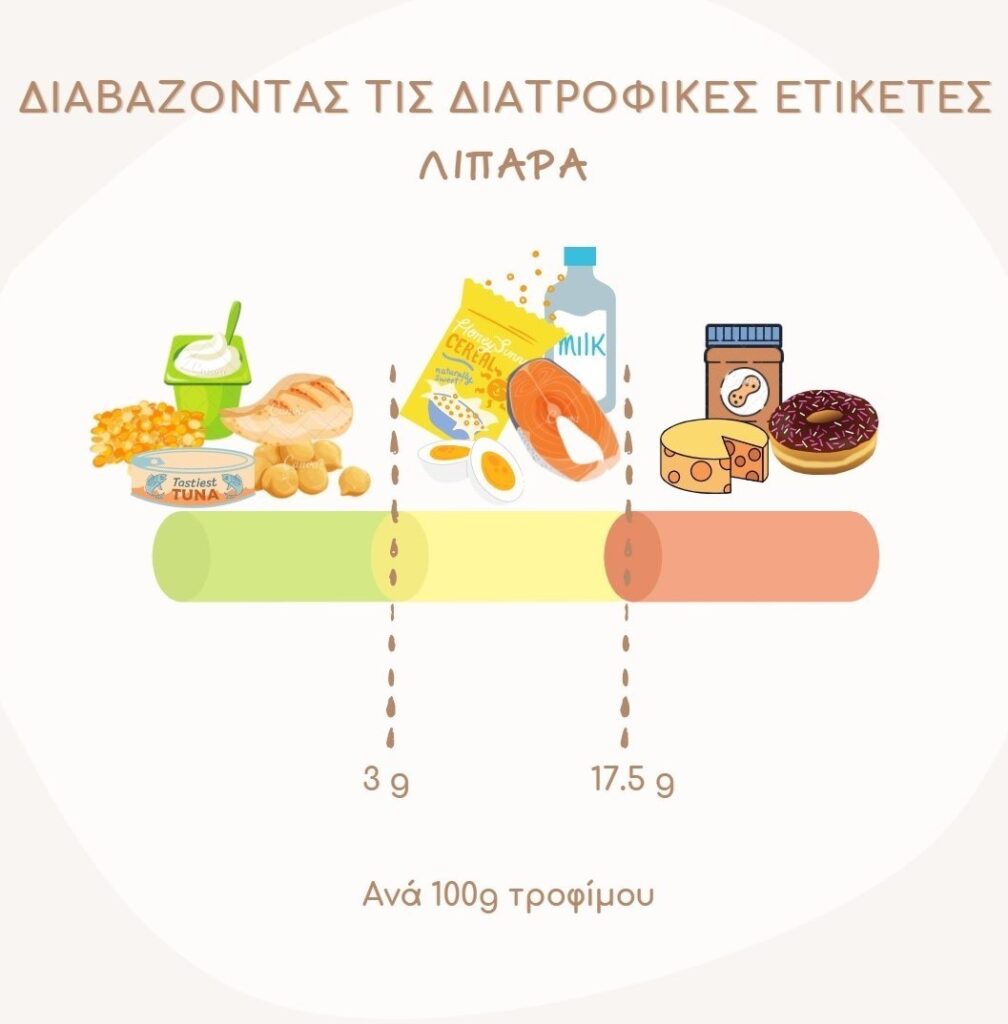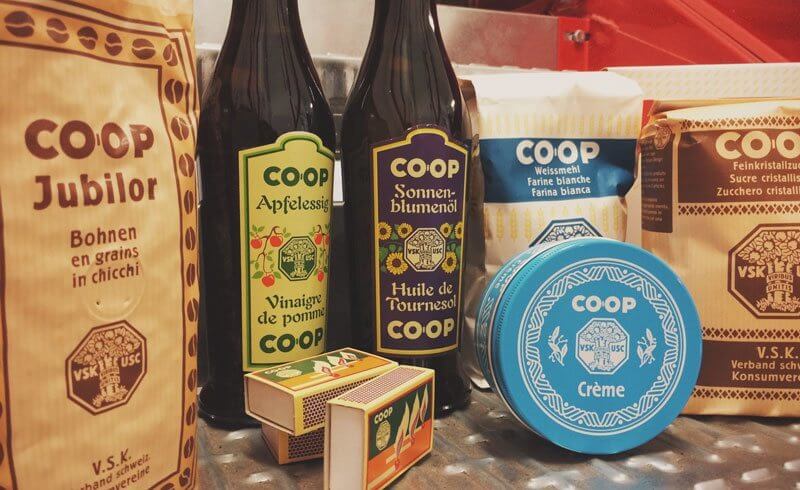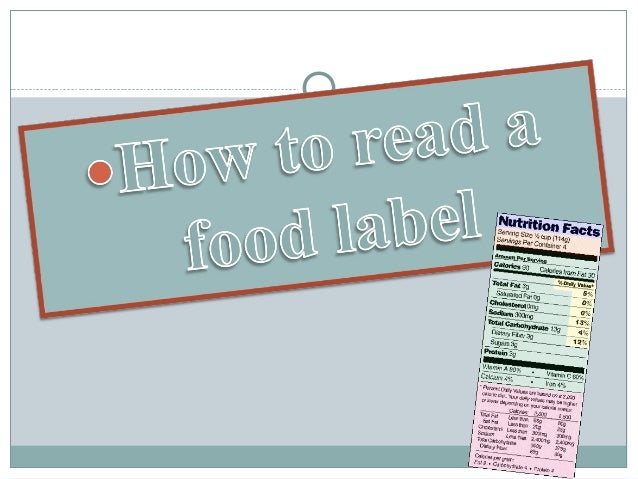40 reading food labels 101
Food Labels 101: Understanding the Nutrition Facts Label A sodium level of 140 mg or less on the nutrition facts label is considered low sodium. This is an essential number to look for when reading the label. Total Carbohydrates - Fiber and Sugar Foods high in fiber can be beneficial to a healthy diet, as fiber helps manage blood sugar levels and can lower cholesterol. PDF A Guide to Reading Food Labels - University of Rochester Make healthy choices easier by understanding the sections of the Nutrition Facts label. 1. Serving Size. The serving size is a measured amount of food. In the sample label, the serving size is one cup, and there are two servings per container. If you ate the whole container, you would eat two cups, which doubles the calories and other nutrient ...
Reading Food Nutrition Labels 101 and How to Decode Them 8 Rules for Reading Food Nutrition Labels: Never believe the flashy claims on the front of the box. Always read the nutrition facts label and the ingredient list. Check the serving size. Check the amount of servings per package. Check the calories per serving. Check out the calories from each type of fat. Check the sodium.

Reading food labels 101
Understanding Food Nutrition Labels | American Heart Association 1 - Start with the serving information at the top. This will tell you the size of a single serving and the total number of servings per container (package). 2 - Next, check total calories per serving and container. Pay attention to the calories per serving and how many calories you're really consuming if you eat the whole package. Reading Labels 101: How to Read Labels to Choose Healthier Products A food item with a 5% DV of fat offers 5% of the total fat that a person having 2,000 calories a day should eat. You may need more or less than 2,000 calories a day. For a few nutrients, you may need more or less than 100 percent DV. Keep in mind we are all different and so our specific needs will vary! Low is 5 percent or less. Label Reading 101: How To Make Sense of Organic/Natural/Free-Range ... To be able to use the word organic on a food label in Canada or the U.S., the product must have at least 70 percent organic ingredients and be free of GMOs and the worst of the food additives. A Certified Organic product contains at least 95 percent organic ingredients, and has an official USDA or Canada Organic/ Biologique label.
Reading food labels 101. Nutrition Label Reading 101 - Personal Nutrition Guide fructose. glucose. honey. Every 4 grams of sugar is representative of 1 tsp. of sugar. Our sample food has just over 1 tsp. of sugar (5 grams). If you look at the nutrition label on milk or plain yogurt you will see a fair number of grams of sugar. However, if you look at the ingredient list, you won't see any added sugar. Reading a food label 101 - Diets in Review Reading a food label 101 Reading a food label can be a hard and overwhelming challenge. Nutrition labels are so important because they provide you with a detailed look of what is inside the food you are consuming. Don't worry because you can easily learn important things to look at when reading a label to food you are about to buy or eat. Reading Food Labels | ADA - American Diabetes Association Put food labels to work The Nutrition Facts labels on foods are really the key to making the best choices. We'll cover the basics so that these labels make shopping easier for you. Get started Understanding Carbs You've heard it all. From carb-free to low-carb, to whole and empty carbs, it's hard to know what it all means. Learn more Label Reading 101 - Plant Based Gal Label Reading 101. Reading food labels is an important part of eating a whole food plant-based diet. You can discover a lot about exactly what you are putting into your body and make an educated decision on whether or not to consume certain foods. If you are serious about adopting this lifestyle, then it is a must to learn to read labels and to ...
How to Read Food Labels - Introduction to Food Label Claims Common phrases included on food product labels are "use by," "sell by," "best by," and "better if used by." Labels may utilize a familiar date listing or may use the Julian Calendar, where each number of the year is assigned a number from 1-365. Providing a date on a food is not required and is voluntary. These dates indicate quality, not safety. Food Label Reading 101 - Topend Sports Milk & Yogurt: 2g / 100g or less. Cottage & Ricotta Cheese: 5g / 100g or less. Other Cheese: 15g / 100g or less. Margarine: 55g / 100g or less, or one based on unsaturated fats. Nuts & Oils: higher amounts accepted provided saturated fat is low. When looking at carbohydrate amounts, there are two categories, total and sugars. How To Read Food and Beverage Labels - National Institute on Aging Although frozen and canned fruits and vegetables have food labels, fresh varieties often do not. You can find nutrition information for fresh vegetables and fruits on the USDA website. Or you can call the U.S. Department of Agriculture's Food and Nutrition Information Center at 301-504-5414. Understanding percent Daily Value (% DV) Food Labeling 101: Understanding the Nutrition Facts Label Front-of-pack nutrition labels prompt buying, more GMO-free products contain labels, and organic-product recalls have increased. Nutrition 101 for Parents and Kids
How To Read Food Labels: Understanding the Basics - Instacart The nutrition facts table is usually found on the rear or the side of the label. This is perhaps the most useful part of a food label, providing a detailed breakdown of the product's nutritional content, including calories, protein, carbohydrates, fat, and more. 1. Beware of misleading claims Food Labels | CDC - Centers for Disease Control and Prevention Check the Serving size first. All the numbers on this label are for a 2/3-cup serving. This package has 8 servings. If you eat the whole thing, you are eating 8 times the amount of calories, carbs, fat, etc., shown on the label. Total Carbohydrate shows you types of carbs in the food, including sugar and fiber. Food Labels 101: Understanding What You're Eating - Providence It's usually best to base your evaluations off of the actual gram or mg count, as those are standardized, and apply them to your individual calorie needs. The last section on a nutrition label is the ingredients list, ordered from highest to lowest by volume. "Stick to foods with ingredients you can pronounce," advises Watkins. PDF Reading Nutrition Labels - Xavier University Nutrition Labels 101 Serving size is the amount a typical eater consumes in a single sitting, not necessarily how much will meet an individual need. Serving size is important because all the information that follows is based on this amount. Fat is important for our diet (the brain is 60% fat!), but not all fats are created equal.
How to Understand and Use the Nutrition Facts Label | FDA Dietary fiber, vitamin D, calcium, iron ad potassium are nutrients on the label that Americans generally do not get the recommended amount of. They are identified as nutrients to get more of....
Food Label Reading 101 - Food Label Reading 101 - mirandacasiano.com First thing labeled is the various fats - saturated, unsaturated, cholesterol. The above section shows you a closer look and contains important markers you should look for. Remember that fats are good for you in moderate amounts so don't overthink this and stress yourself out. See also How Can Seeds Optimize Your Health
Label Reading 101 - HD - YouTube Label Reading 101 - HD 81,754 views Oct 7, 2010 A Telly Award winning film by Doug Reid, Dr. Len Saputo and Paula Sloboda. ...more ...more 419 Dislike Share Save Doug Reid...
How to Read Food Labels Without Being Tricked - Healthline This label says very little about whether a product is healthy. For example, organic sugar is still sugar. No added sugar. Some products are naturally high in sugar. The fact that they don't have...
Label Reading 101 - Simply Well Coaching Overall, anything 5% and under is considered low, while values 20% and over are considered high. There are a lot of nutrients and vitamins listed on the standard food label, so knowing which ones matter the most can save you time when skimming a label. Generally, you want to have a limited amount of Saturated Fat (11-13g tops a day is a good ...
Nutrition Label Reading 101: How to Read Your Food's Package ... - NIFS Protein. In general, the recommendation (dietary reference intake) is to consume about 0.36g of protein per pound of body weight daily. Anywhere from 10-30g of protein per meal is a good number to aim for. If you weigh 150 pounds, this means that you will want about 54g of protein daily (about 18g at each meal).
Food Labels 101 | HowStuffWorks The percentages that you see at the right of the panel are an at-a-glance list of how much of your daily value for that nutrient a serving will provide. A value of 5 percent or less is usually considered low, and a value of 20 percent or greater is considered high.
Understanding food labels 101 - Heart & Stroke Foundation Understanding food labels 101. 22/02/2018. To understand the food label of a product and be able to distinguish between unhealthy and healthier options is one of the best ways to make sure that you and your family are buying and enjoying healthy food and drinks. Making a habit of always reading food labels and understanding what they mean will ...
Label reading 101 - Healthy Food Guide Step 1: Check front-of-pack claims. Manufacturers often use clever wording like 'low in salt' and '97% fat free', but there are lots of rules surrounding nutrition claims. For instance, a 'low-salt' food must have no more than 120mg of sodium per 100g. A food claiming to be '97% fat free' must have a maximum of three per cent fat.
Nutrition Labels 101 - Wellbeats Calories are the total calories per serving and the calories from fat are based on the amount of fat in that serving which we'll get more information on in the next section of the label. A general guide is 40 calories is low, 100 calories is moderate and 400 calories or more is high. This is based on a 2,000 diet so your needs may vary.
Label Reading 101: How To Make Sense of Organic/Natural/Free-Range ... To be able to use the word organic on a food label in Canada or the U.S., the product must have at least 70 percent organic ingredients and be free of GMOs and the worst of the food additives. A Certified Organic product contains at least 95 percent organic ingredients, and has an official USDA or Canada Organic/ Biologique label.
Reading Labels 101: How to Read Labels to Choose Healthier Products A food item with a 5% DV of fat offers 5% of the total fat that a person having 2,000 calories a day should eat. You may need more or less than 2,000 calories a day. For a few nutrients, you may need more or less than 100 percent DV. Keep in mind we are all different and so our specific needs will vary! Low is 5 percent or less.
Understanding Food Nutrition Labels | American Heart Association 1 - Start with the serving information at the top. This will tell you the size of a single serving and the total number of servings per container (package). 2 - Next, check total calories per serving and container. Pay attention to the calories per serving and how many calories you're really consuming if you eat the whole package.














Post a Comment for "40 reading food labels 101"